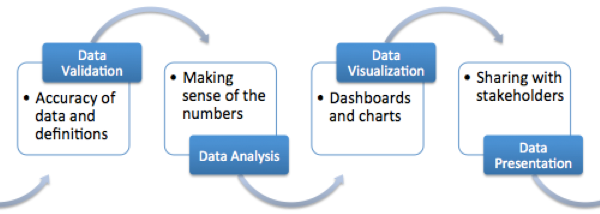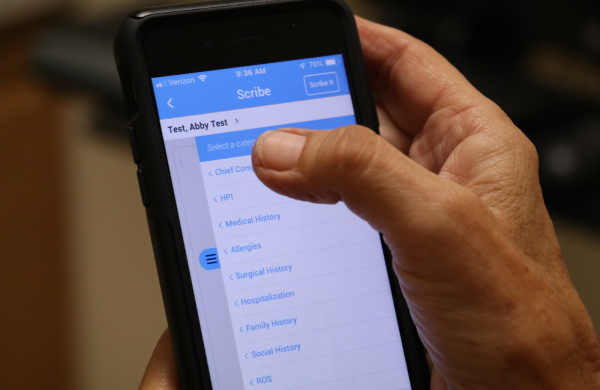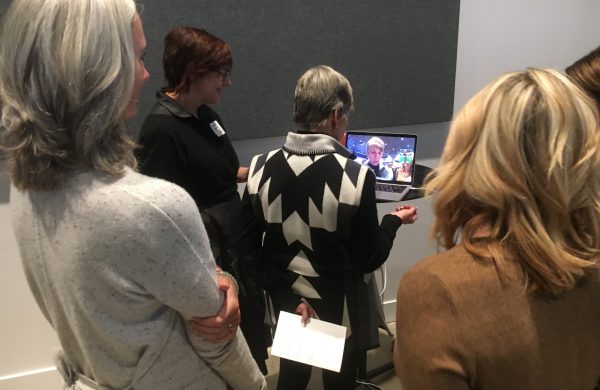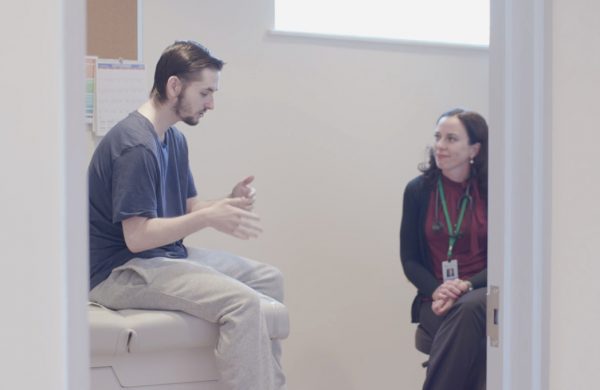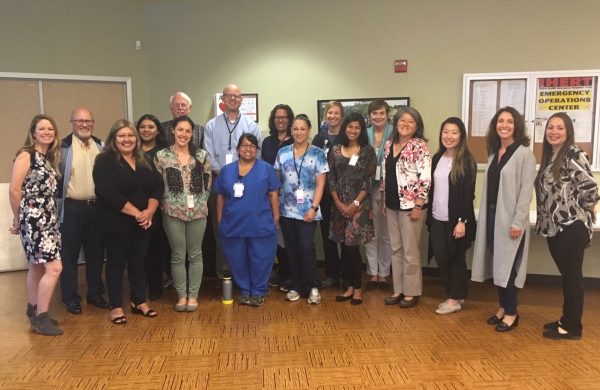Have you ever struggled to gain support for an improvement project from key stakeholders?
You know what you want to achieve, you know what success will look like, and you already have all kinds of ideas for changes that can be made to lead to improvement. But how do you get the right people to get on board and do the thing they need to do to make it a reality?
Last November, participants in our
Transforming Cardiovascular Care in Our Communities program gathered for an in person learning session. The aim of the program is to improve the health and well-being of communities served by the safety net through improved clinical systems and processes, improved blood pressure control, and prevented heart attacks, strokes, and cardiovascular disease. Participates are embarking on projects in their own health systems and clinical settings to achieve these improvement goals.
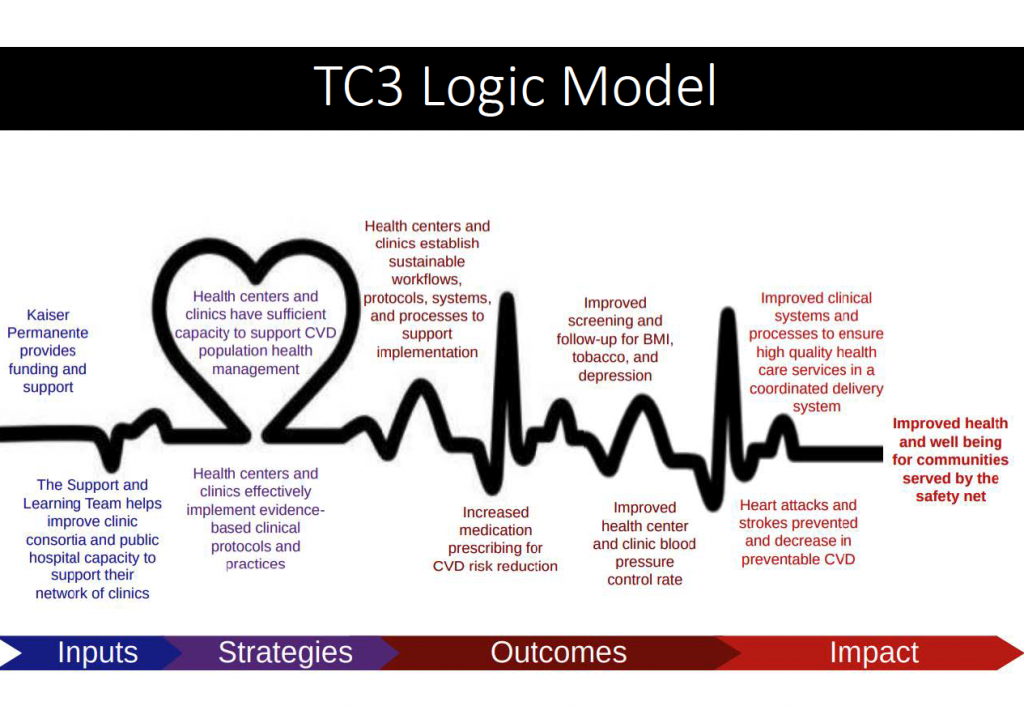
This learning session included a workshop on leading change with two seasoned safety net clinical leaders. During the workshop, Dr. Eric Henley, former chief medical officer at LifeLong Medical, shared the three different types of responses to change efforts:
- Enthusiastic Adopters, who focus on the positive of changes.
- The Big Middle, who see both pros and cons of the changes.
- The Concerned Resisters, who focus on the negative of the changes.
There are some key characteristics that can help you identify which of these three different types of stakeholders you are interacting with and some strategies — what you can say and do — when attempting to gain support for an improvement project, depending on which group they fit into.
Type
|
Characteristics
|
Strategies (Say & Do)
|
|
Enthusiastic Adopters |
- Invested in the new way
- See the positives
- Feel pride as an adopter
|
- Communicate to them
- Invest in them
- Give key tasks
- Enable to share stories
|
|
The Big Middle |
- See pros and cons of new way
- Unsure about need for change
- Unsure can be successful with new
- Unclear about your picture
|
- Engage adopters to influence
- Shadow/see results of high performers
- Involve them in later testing to provide you feedback
|
|
Concerned Resisters |
- Protect core values and traditions
- Focus on negatives of new way
- Don’t see success for themselves in new way
|
- Listen for key fixable issues
- Focus on those who are influential
- Find a victory with changeables
- Find narrow agreements with unmovables
|
Using this framework, the task was to develop an “influence plan.” That is, to identify the most important groups or individuals who will be affected by the project, get clear on what they will each need to do differently, and make a prediction for how they will respond (e.g. which of the three above stakeholder types will they be).
| Key Stakeholder (individual or group) |
What they need to do differently? |
How will they respond to the change? |
What will their negative arguments be? |
Our response (what to say or do) |
|
|
|
|
|
|
|
|
|
|
|
|
|
|
|
|
|
|
|
|
|
|
|
|
With their improvement projects for the TC3 program, teams wrote down on stickies the people who would be affected by their project and categorized them into the different stakeholder groups. In some cases, it was groups of people that represent a certain discipline (e.g. the medical assistants, patients diagnosed with hypertension, doctors, or nurses). In other cases, it was specific individuals (e.g. the medical director for a specific site, or the lead medical assistant). After brainstorming, the teams used dot stickers to vote on who were the 2 or 3 most important stakeholders to influence for the project to be successful. Teams were instructed to imagine the arguments they would hear against doing the project from these 2 or 3 stakeholders and consider things they could say or do to respond to each.
Consider one of your current projects. Who are the people who will be most affected by the project and what do they need to do for the project to be successful? How would you characterize their attitude toward the project? Are they enthusiastic adopters, concerned resisters, or part of the muddled middle? What are their arguments against the project? What can you say or do, based on their attitude toward the project?
There is no single strategy that will work for all stakeholders. Gaining support for your project requires influencing the right people with strategies tailored to their attitude toward the project.
 This learning session included a workshop on leading change with two seasoned safety net clinical leaders. During the workshop, Dr. Eric Henley, former chief medical officer at LifeLong Medical, shared the three different types of responses to change efforts:
This learning session included a workshop on leading change with two seasoned safety net clinical leaders. During the workshop, Dr. Eric Henley, former chief medical officer at LifeLong Medical, shared the three different types of responses to change efforts:


